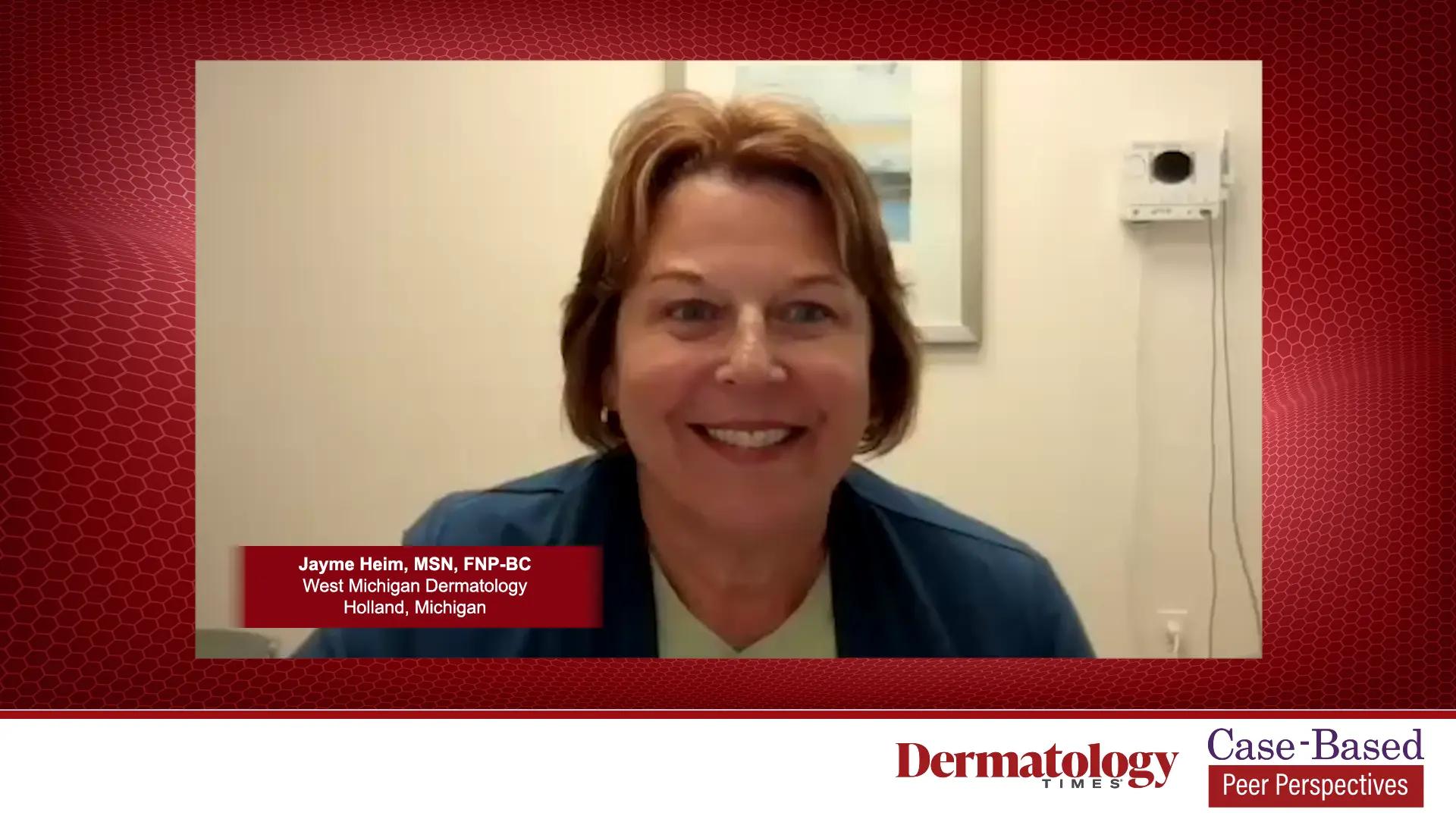- General Dermatology
- Eczema
- Chronic Hand Eczema
- Alopecia
- Aesthetics
- Vitiligo
- COVID-19
- Actinic Keratosis
- Precision Medicine and Biologics
- Rare Disease
- Wound Care
- Rosacea
- Psoriasis
- Psoriatic Arthritis
- Atopic Dermatitis
- Melasma
- NP and PA
- Skin Cancer
- Hidradenitis Suppurativa
- Drug Watch
- Pigmentary Disorders
- Acne
- Pediatric Dermatology
- Practice Management
- Prurigo Nodularis
Article
Percutaneous collagen induction: Novel method for wrinkle, scar treatment features distinct advantages
Injection lipolysis may work best when phosphatidylcholine is combined with deoxycholate, an expert says.

Key Points

The procedure, developed by South African plastic and reconstructive surgeon Des Fernandes, M.D., uses a rolling device with protruding needles (Medical/Surgical Roll-CIT, Environ Skin Care) to create thousands of tiny punctures into the superficial dermis. The tiny injuries induce the release of growth factors and cytokines associated with a fetal type of "scarless" healing that work in concert to stimulate a confluent sheet of autologous collagen regeneration rather than fibrosis.
Retrospective study
He comments on results from a published retrospective study of 480 patients who were treated for scars (acne, burn and other), stretch marks, rhytids and laxity (Aust et al. Plast Reconstr Surg. 2008;121:1421-9).
Treated sites included the face, abdomen, arms, legs, thighs and breasts.
With patients divided into subgroups based on indication, scores on satisfaction surveys were high, with averages ranging from 7.5 to 8.5 (best possible score = 10).
Benefits for scars and stretch marks were also demonstrated by significant improvements in scores on standard scales for scar assessment, Dr. Kaplan says.
Histologic studies
Histologic studies confirmed deposition of new collagen in a normal lattice pattern, along with the presence of a normal stratum corneum, thickened healthy epidermis and normal rete ridges.

"PCI has many advantages compared to other methods used for skin tightening and scar rejuvenation.
"The genetic (RNA analysis) and histologic studies show it stimulates a regenerative type of healing characterized by formation of a normal lattice of collagen and elastin connective tissue in the dermis.
"Furthermore, because PCI preserves the stratum corneum and epidermis, it has safety advantages. Postprocedural photosensitivity and pigmentary alterations are not an issue, and PCI can also be performed safely off the face, because, in contrast to ablative procedures, there is no dependence on the presence of adnexal structures for epidermal healing," says Dr. Kaplan, who is a specialist plastic and reconstructive surgeon from South Africa and holds a doctorate degree in biomedical engineering from the University of Southern California, Los Angeles.





